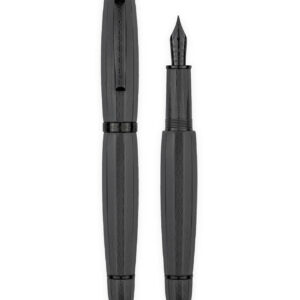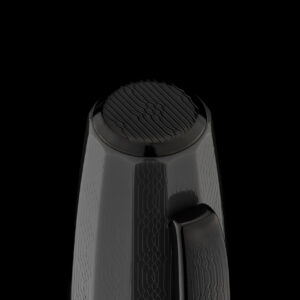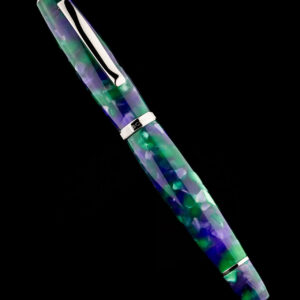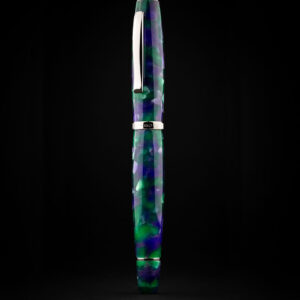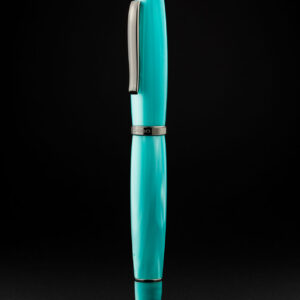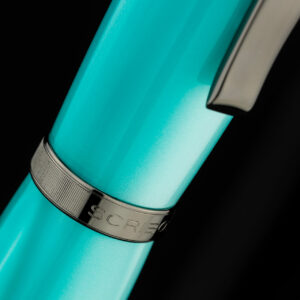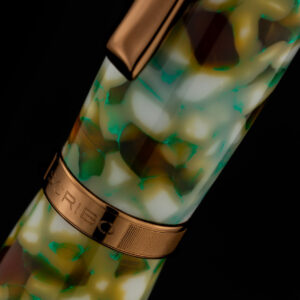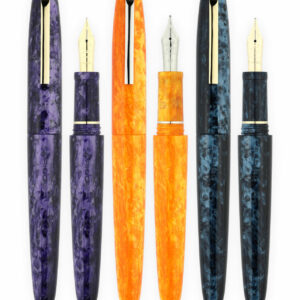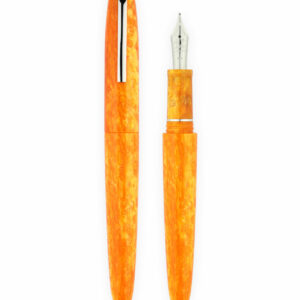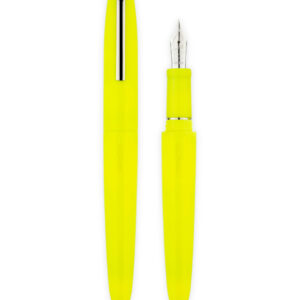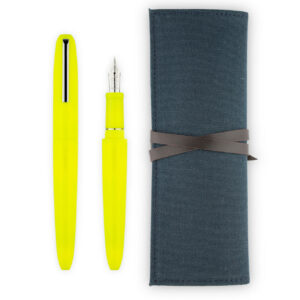Scribo FEEL Anni60
Scribo La Dotta Glicine
Scribo La Dotta Labante
Scribo La Dotta Travertino
Scribo Piuma – Agata, Corniola and Ametista
Agata, Corniola and Ametista
Three stones in strong, vivid tones adorn the new models in the PIUMA collection. Handmade by a resin that reproduces the effect of stone, our three new PIUMA colours are inspired by Agate, Carnelian and Amethyst and their symbolism. The name agate derives from the Greek word “achates”, the river where in ancient times large quantities of this stone were found and extracted. The meaning attributed to agate is 'stone of magic that brings calm and peace'.
Scribo Piuma – Art
Pop Art is an artistic movement born in the UK in the second half of the 1950s; it then spread successfully in the US in the 1960s. The artists have imagined a colorful world in fluorescent hues, with shades full of color and without too many nuances, with polka dots, stripes, with abstract lines.
A real explosion of colors!
And this is exactly how they imagined the new PIUMA Pop Art, shocking, bright, and intense colors, unusual color ranges in the panorama of writing instruments.
PIUMA Art a bright and energetic fluorescent yellow


